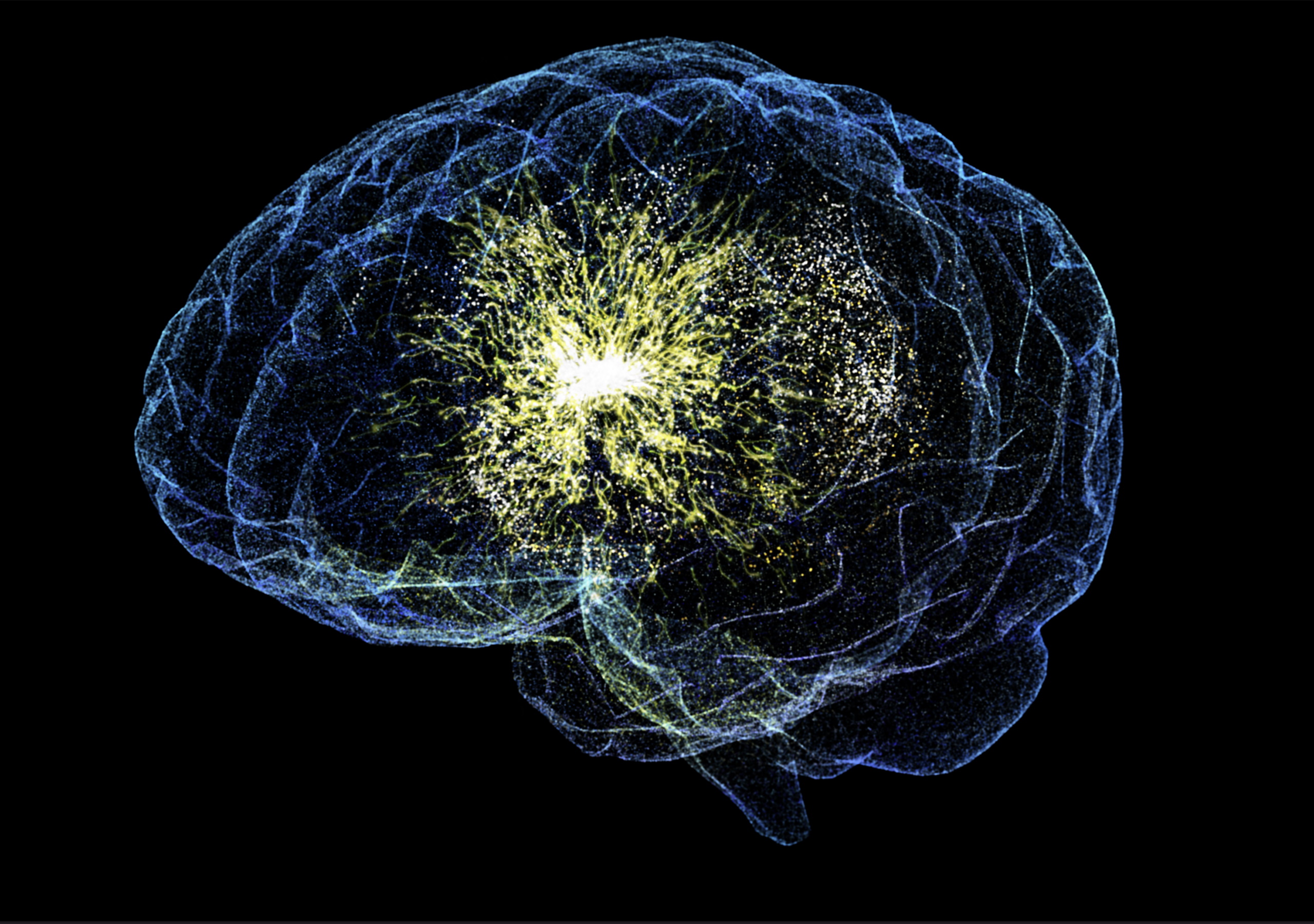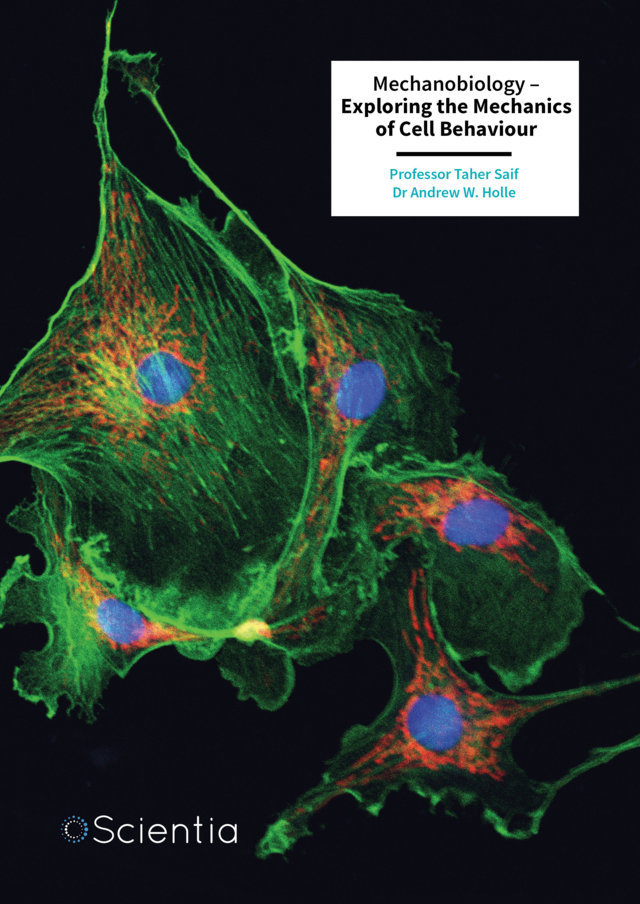Researchers have made a significant advancement in understanding an important component of the nervous system: the neuromuscular junction, a crucial connection between nerves and muscles. A recent study performed by Charles Frison-Roche of the Center of Research in Myology in the Sorbonne University, Paris, and colleagues, reveals the role of proteins known as Muscleblind-like proteins, or MBNL proteins for short, which help to regulate motor coordination by helping to maintain neuromuscular junction stability. This discovery is potentially very useful, as loss-of-function of MBNL proteins is a hallmark of a genetic condition called Myotonic Dystrophy type 1 (or DM1 for short). DM1 disrupts muscle control, leading to muscle weakness, problems with balance, and other symptoms that can get progressively worse over time. MBNL proteins, and their role in the neuromuscular junction, may represent new treatment targets in DM1. More
The neuromuscular junction is a structure where nerve cells called motor neurons connect with muscle fibers. Through the neuromuscular junction, motor neurons send signals that direct muscles when and how to move, allowing for precise control over actions such as walking, grasping and manipulating objects, and balancing. If the neuromuscular junction is disrupted or impaired, muscles may not receive signals properly, leading to muscle weakness, poor coordination, and, eventually, loss of function and movement.
In this latest study, Frison-Roche and colleagues examined how MBNL proteins are involved in maintaining these essential connections between muscles and nerves. MBNL proteins are primarily known for their role in muscle and brain development through their role in RNA metabolism such as alternative splicing regulation. However, this new research has revealed that MBNL proteins also play a vital part in the structures that connect both muscle and brain: motor neurons and the neuromuscular junction.
DM1 is a genetic disorder that causes multiple physical and cognitive symptoms, including progressive muscle weakness, difficulty releasing muscle tension (which is known as myotonia), and a range of issues affecting the heart, endocrine system, and cognitive abilities. The condition is caused by a genetic mutation in which a short repeated DNA sequence is extended excessively. In individuals with DM1, these repeated segments result in RNA structures that trap MBNL proteins, making them unavailable to perform their usual functions. This “sequestration” of MBNL proteins impairs RNA processing, causing various cellular functions to malfunction, and it is thought to be a central cause of DM1 symptoms.
To understand MBNL’s role in motor control, Frison-Roche and colleagues, in collaboration with Prof. Maurice Swanson of the University of Florida, developed a genetically modified mouse model in which MBNL1 and MBNL2, which are the two main types of MBNL proteins, were specifically deleted in motor neurons. These “double knockout” (MN-dKO) mice allowed the researchers to study the effects of MBNL deficiency on the neuromuscular junction and related motor functions without interference from other cell types. Observing how these mice moved and functioned provided a controlled way to examine what happens when MBNL proteins are absent in motor neurons.
The MN-dKO mice showed pronounced problems with movement and coordination, reminiscent of symptoms seen in DM1 patients. Even at a young age, the MN-dKO mice had noticeable gait issues, as seen in gait analysis tests that measured their walking patterns, stride length, and speed. The researchers found that the mice struggled with balance, frequently adopting irregular walking patterns, and showed reduced muscle strength. As these mice aged, their coordination issues worsened, with signs of muscle fatigue and unsteady balance becoming more apparent.
A closer look revealed significant structural changes in the neuromuscular junctions of MN-dKO mice. In healthy animals, these junctions have a distinctive “pretzel” shape that reflects a well-formed, stable connection between the nerve and muscle. However, the neuromuscular junctions in MN-dKO mice showed signs of deterioration. The junctions became fragmented, with larger gaps and irregular patterns, suggesting a breakdown in the usual close interaction between nerve endings and muscle cells. Notably, these structural problems were accompanied by signs of muscle weakness, further confirming the role of MBNL in maintaining the physical integrity of neuromuscular junctions.
One of the more complex but important aspects of the study is how MBNL deficiency affects RNA alternative splicing in mouse spinal cord. RNA alternative splicing is a process where cells edit RNA transcripts, the “instruction sets” that carry DNA information to make proteins, by cutting and rearranging segments to produce different protein versions. MBNL proteins help to ensure that splicing occurs correctly, tailoring proteins to match the specific needs of each cell type. Without MBNL, this finely tuned process becomes erratic. In the spinal cord of MN-dKO mice, the researchers discovered over a thousand splicing errors in genes essential for neuromuscular communication, particularly those involved in synaptic transmission and neurotransmitter release.
For example, one possibly affected gene, called Dvl1, is part of the Wnt signaling pathway, which is critical for maintaining the neuromuscular junction. When this gene is spliced incorrectly, it could disrupt Wnt signaling, destabilizing the junction over time. Other affected genes involved processes such as neurotransmitter secretion and muscle contraction, which are essential for fluid and coordinated movement. These findings suggest that a shortage of MBNL proteins, even in specific cells such as motor neurons, can lead to a cascade of errors, ultimately impairing neuromuscular function.
The researchers’ findings emphasize the importance of MBNL proteins in both motor neuron health and neuromuscular maintenance. By linking MBNL deficiency directly to neuromuscular degeneration, their work provides valuable insights for DM1 patients and suggests potential avenues for treatment. One possibility might be developing therapies that counteract the trapping of MBNL proteins in DM1, allowing these proteins to return to their normal roles in cells. Alternatively, targeted therapies could focus on correcting specific splicing errors or stabilizing the neuromuscular junction.
In summary, this research highlights the critical role of MBNL proteins in keeping the nervous system and muscles connected. These findings open exciting possibilities to address the motor symptoms of DM1, offering hope for new treatments that could improve mobility, coordination, and quality of life for those affected by this challenging disease.







